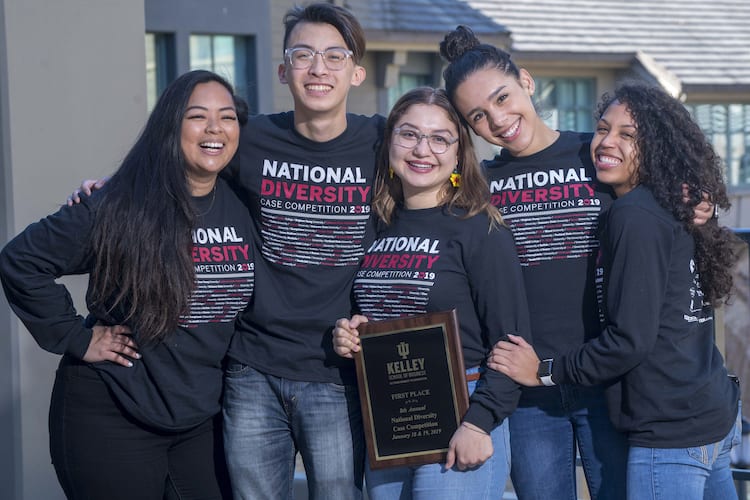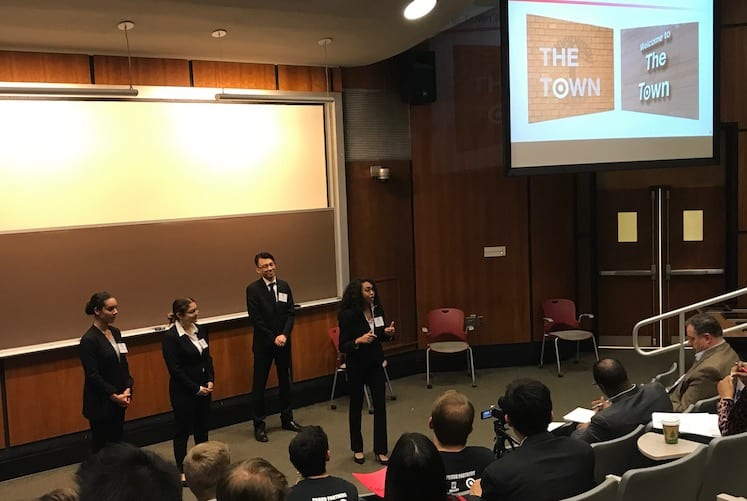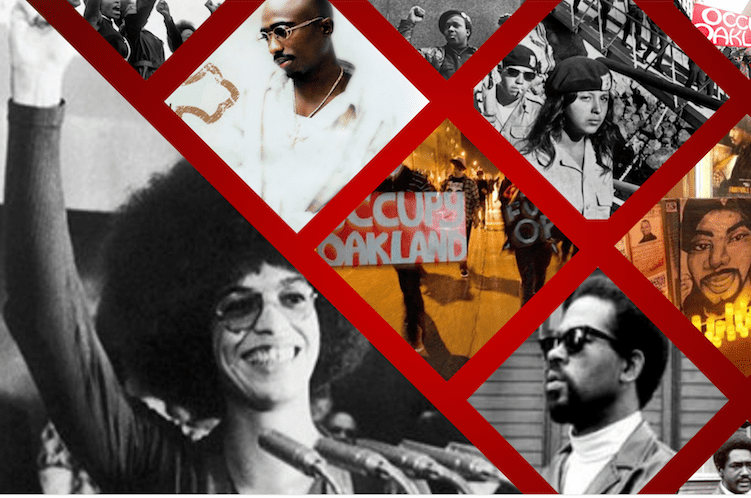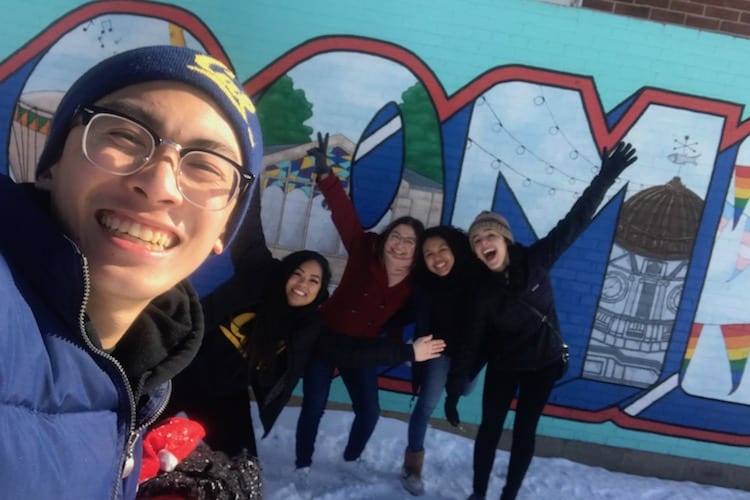

The undergraduate office team, clockwise from left: Erika Walker, Renee Camarena, Elinor Gregorio, Mary Ballingit, Karren Bautista Tanisaki, Dresden John, Barbara Felkins, and Sojourner Blair. Missing from photo: Dinko Lakic and Alessandra Fadeff.
The Haas Undergraduate Office will be honored with two “Excellence in Advising” awards this week by UC Berkeley’s Vice Chancellor of Undergraduate Education.
Barbara Felkins, director of academic affairs for the Haas Undergraduate Program, will receive the Mary Slakey Howell Excellence in Advising Award, while Felkins and her undergraduate team will be separately honored for “Excellence in Advising.”
Both awards will be given during a Dec. 12 ceremony at the Banatao Auditorium in Sutardja Dai Hall from 4-6pm.
“It was a total surprise for me,” said Felkins, who has worked at Haas for 32 years. “It’s just amazing to receive an award for doing something that I love. Working with our students and helping them with their academics as well as their personal problems can be very challenging, but when I see them walk across the stage at our commencement ceremony it’s all worth it.”
“Excellent service and positive energy”
The award, named for the late Mary Slakey Howell, former director of advising and policy at the College of Engineering, is UC Berkeley’s highest for advising excellence. The awards are given annually across campus by the office of the Vice Chancellor of Undergraduate Education, Catherine P. Koshland. They recognize “the positive impact the office has had on student learning, performance, engagement, and progress and the many ways it contributes to a culture of advising excellence on campus.”

Dinko Lakic and Erika Walker (with student) at 2018 undergraduate commencement
The honored undergraduate team includes Felkins, Sojourner Blair, director of admissions; Karren Bautista Tanisaki, assistant director of academic & student services; Renee Camarena, assistant director of student services; Dresden John, student experience manager; Alessandra Fadeff, program manager, admissions; Mary Balingit, assistant director of admissions and outreach; Dinko Lakic, associate director of student services; and Elinor Gregorio, assistant director of academic affairs.
In her nomination form, Erika Walker, assistant dean of the Haas undergraduate program, said the team has “delivered excellent service with positive energy and passion” on a regular basis during a very busy year.
“The team’s applied leadership methods are geared toward helping students become independent learners and effective leaders,” Walker wrote. “I am proud to have a team that supports and advocates for students, and provides equitable service.”
She noted that the office has recently launched and supported multiple new programs, including the Management, Entrepreneurship, & Technology (M.E.T.) Program, a simultaneous degree between business and engineering; the BioBusiness simultaneous degree program with molecular and cellular biology; and a new Global Management Program (GMP) for freshmen that embeds global education into the undergraduate experience.

Barbara Felkins, recipient of the Mary Slakey Howell Excellence in Advising Award.
“We always put the student experience first,” Blair said. “I’m honored that the office is being recognized.”
A stellar graduation rate
Walker also nominated Felkins, who began her tenure at Haas as an assistant in Associate Dean David Alhadeff’s office, under former Dean Ray Miles.
“From the smallest innovations to crisis care management, it is because of Barbara that we have a 99 percent graduation rate of business majors,” Walker wrote in her recommendation letter.
In her current role, Felkins oversees student degree progress from admission until graduation, assisting students with class planning, academic, and personal issues. Felkins also works with the faculty, tracking student grades and advising on academic policies. Additionally, she oversees undergraduate commencement and the graduation reception and serves on campus-wide committees, including the Colleges and Schools Committee, Student Systems Policy Committee, and the Advising Operations and Advising Council.
In his nomination letter for Felkins, Jay Stowsky, senior assistant dean of instruction, called her the “longest serving and most deeply knowledgeable student affairs officer at Haas.”
“Her long tenure has been characterized by a unique ability to connect meaningfully and compassionately with individual undergraduate students while simultaneously enforcing fairness in a competitive and complex enrollment system,” Stowsky wrote.

(Left to right) Lecturer Steve Etter with Sojourner Blair and Karren Bautista Tanisaki of the undergraduate program office
Haas finance Lecturer Steve Etter commended Felkins for her attention to detail, knowledge of the university, and positive disposition with students.
“With ever-changing work and personal schedules, students often turn to Barbara for advice on choosing faculty, classes, and breadth requirements,” Etter wrote in his nomination letter. “I’ve heard so many times from students that Barbara was a life saver when it came to selecting classes and getting through the process.”
Adena Ishii, BS 14, recalled how Felkins helped her when her father was dying during her senior year at Haas, taking the time to sit and listen, and to make recommendations for resources she could access. “She wasn’t afraid to ask about my mental health and make sure that I was getting the help I needed,” she wrote in a recommendation for Felkins. “I wouldn’t have made it to graduation if it wasn’t for her.”
Haas Lecturer Krystal Thomas praised the office’s shift toward helping students with life preparation and management. As an example, she noted Walker’s support for Women’s Empowerment Day over the past six years, an event that brings 100 faculty-nominated students together annually to spend the day with more than a dozen senior business executives. The program evolved out of questions female students were asking about how to handle themselves in professional environments, Thomas said.
Support for the event represents a core tenant of the undergraduate office, Thomas noted: “If you see a problem, solve it.”
The post Undergraduate program staff honored with two campus “Excellence in Advising” awards appeared first on Haas News | Berkeley Haas.























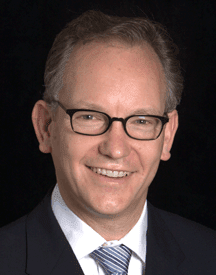





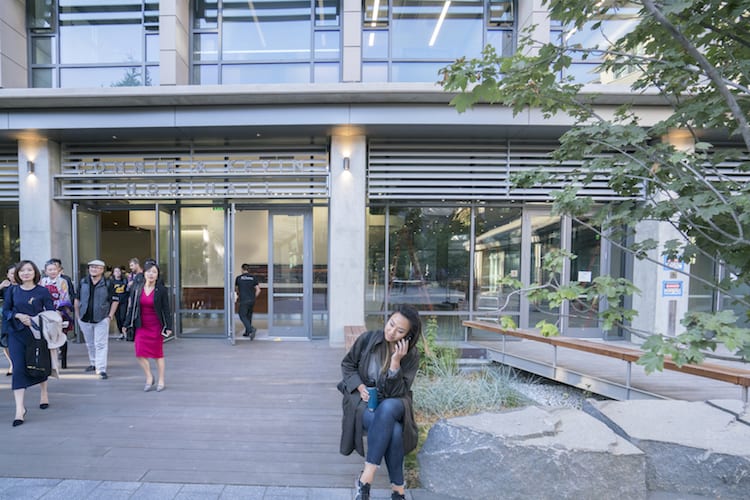 Chou Hall is officially the country’s greenest academic building, having earned
Chou Hall is officially the country’s greenest academic building, having earned
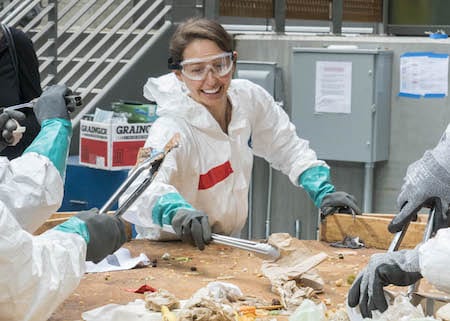

 The Berkeley Master of Financial Engineering Program
The Berkeley Master of Financial Engineering Program
 Prof. Severin Borenstein has been appointed by Gov. Gavin Newsom to the board of the California Independent System Operator (CAISO), which oversees the state’s massive electric power system, transmission lines, and wholesale electricity market.
Prof. Severin Borenstein has been appointed by Gov. Gavin Newsom to the board of the California Independent System Operator (CAISO), which oversees the state’s massive electric power system, transmission lines, and wholesale electricity market.

















 The Full-time Berkeley MBA Program again ranks #7 among US schools and #10 in the world, according to the
The Full-time Berkeley MBA Program again ranks #7 among US schools and #10 in the world, according to the 
